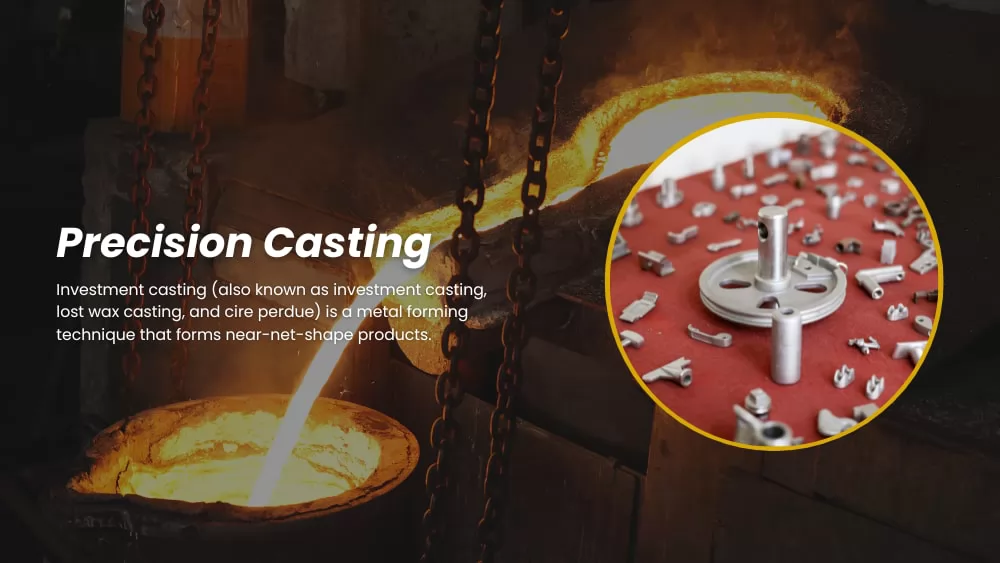
What Is Precision Casting?
Precision casting refers to a collection of advanced casting processes designed to produce metal parts with high dimensional accuracy, intricate details, and excellent surface finishes. This term encompasses various specialized techniques, each capable of achieving precise and complex geometries. The most common methods within precision casting include investment casting (or lost-wax casting), shell molding, vacuum casting, lost-foam casting, and plaster casting. These techniques share the goal of delivering components with tight tolerances and fine details, making them suitable for demanding applications in industries such as aerospace, automotive, medical devices, and industrial machinery.
Overall, precision casting represents an overarching category of casting methods focused on achieving high levels of accuracy and detail. By utilizing different approaches, precision casting ensures the production of metal parts that meet stringent quality and performance standards, catering to a wide range of industrial needs.
What Are the Advantages of the Precision Casting Process?
The precision casting process, renowned for its ability to produce complex and highly accurate metal components, offers several key advantages:
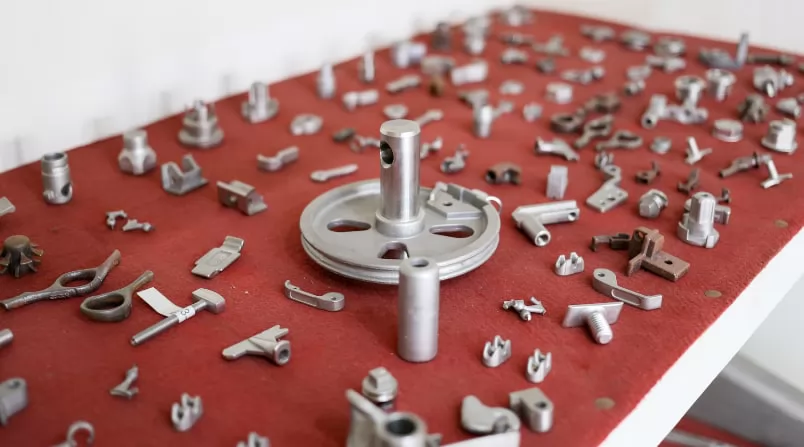
1. High Dimensional Accuracy:
Precision casting provides exceptional dimensional accuracy, allowing for the production of components with tight tolerances. This precision reduces the need for extensive post-casting machining, which can be both time-consuming and costly.
2. Complex Geometries:
The process is particularly well-suited for creating intricate shapes and detailed features that would be difficult or impossible to achieve with other manufacturing methods. This makes precision casting ideal for parts with complex internal cavities or fine details.
3. Superior Surface Finish:
Components produced through precision casting often exhibit smooth surface finishes directly from the mold, reducing the need for additional finishing processes. This quality is beneficial in applications where aesthetics or functional surface characteristics are crucial.
4. Material Versatility:
Precision casting can be applied to a wide range of metals, including steels, aluminum alloys, and superalloys. This versatility allows for the production of components with various mechanical properties and performance characteristics tailored to specific applications.
5. Reduction in Material Waste:
The precision casting process is efficient in terms of material usage. The process often involves minimal material waste compared to traditional machining methods, where excess material is removed to achieve the final part shape.
6. Cost-Effectiveness for Low-to-Medium Production Runs:
Although precision casting may have higher initial tooling costs, it can be cost-effective for low-to-medium production runs due to reduced machining requirements and lower labor costs in finishing.
7. Enhanced Strength and Durability:
Components produced through precision casting can achieve high strength and durability, especially when using advanced materials. The controlled solidification process can enhance the mechanical properties of the cast parts.
8. Design Flexibility:
The precision casting process allows for significant design flexibility, including the ability to integrate multiple features into a single part. This capability can streamline assembly processes and reduce the number of required components.
9. Improved Structural Integrity:
The precision casting process minimizes the risk of internal defects such as voids or gas pockets, resulting in parts with superior structural integrity and reliability.
These advantages make precision casting a valuable technique for industries that require high-quality, complex metal components with precise specifications.
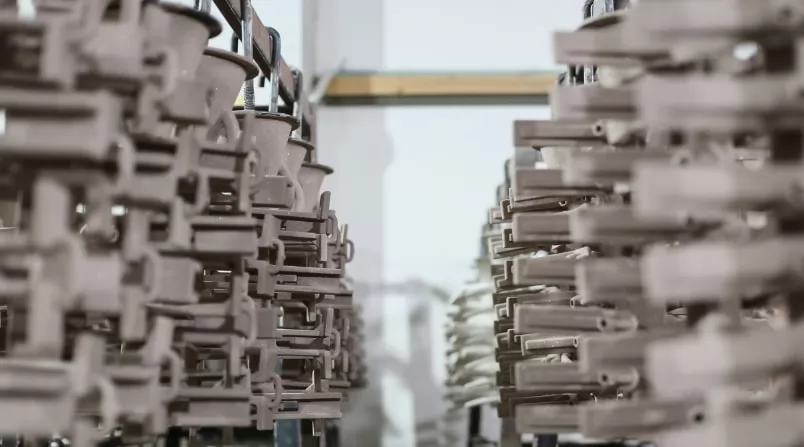
What Are the Types of Precision Casting?
Investment Casting (Lost Wax Casting)
Investment casting is the most traditional and widely used precision casting process. It uses wax molds to make casting patterns, then wraps them with ceramic materials to form shells, and then melts the wax to remove it, leaving a cavity for metal pouring. It is suitable for the production of various metal parts with complex shapes and high precision requirements.
Plaster Casting
Plaster casting uses gypsum as the mold material and is suitable for the production of non-ferrous metal castings with complex geometries. This process is commonly used to manufacture aluminum, magnesium and zinc alloy parts due to the good fluidity and detail rendering capabilities of the gypsum mold.
Ceramic Shell Casting
Ceramic shell casting uses high-temperature resistant ceramic materials as molds, which is suitable for precision casting of high-melting-point alloys, such as cobalt-based alloys, nickel-based alloys, etc., and is often used to produce turbine blades and engine parts in the aerospace field.
Water Glass Casting
Water Glass Casting is a precision casting method that uses water glass (sodium silicate) as a binder, suitable for the production of large or medium-sized steel castings. The process has a lower cost, but the precision and surface finish of the castings are not as good as those of silica sol casting, and is usually used in the manufacture of mechanical parts and engineering components.
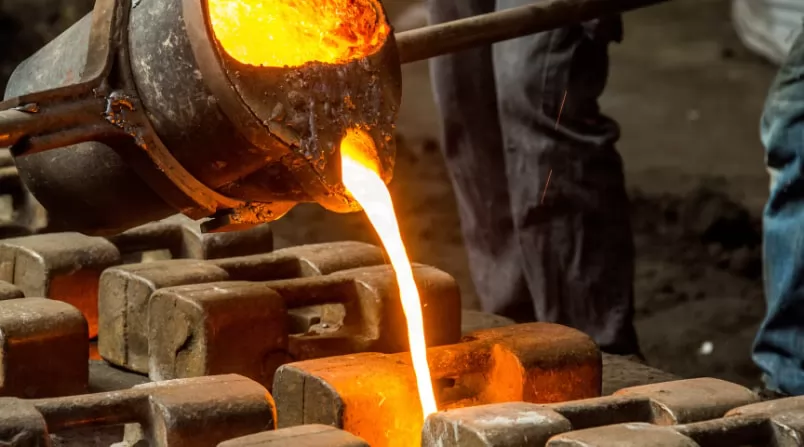
What Are the Main Applications of Precision Casting?
| Industry | Application of Precision Casting |
|---|---|
| Aerospace | Precision casting is essential in aerospace for producing complex components like turbine blades, engine parts, and structural elements that must withstand extreme temperatures and stresses while maintaining precise tolerances and high performance. |
| Automotive | In the automotive industry, precision casting is used to manufacture key components such as engine parts, transmission systems, braking mechanisms, and suspension parts, ensuring high durability, precision, and reliability in demanding conditions. |
| Medical | The medical sector relies on precision casting to produce intricate surgical instruments, implants, and medical devices, where accuracy, biocompatibility, and customization are crucial for patient safety and treatment effectiveness. |
| Oil and Gas | Precision casting is vital in the oil and gas industry for creating durable and high-performance components like drilling equipment, valves, and pumps, which must operate reliably under extreme pressures and harsh environmental conditions. |
| Industrial Machinery | In industrial machinery, precision casting is employed to manufacture gears, housings, and other critical components that require high strength, precision, and wear resistance for optimal machine performance and longevity. |
| Defense | The defense industry utilizes precision casting to produce robust components for military vehicles, firearms, and ammunition, where reliability, strength, and precision are critical for mission success and safety. |
| Marine | In the marine industry, precision casting is used to create durable and corrosion-resistant components such as propellers, engine parts, and various ship accessories, ensuring reliable performance in harsh marine environments. |
| Electronics | The electronics industry leverages precision casting to produce complex connectors, housings, and components that require precise dimensions and intricate designs, ensuring functionality and miniaturization in electronic devices. |
| Art and Sculpture | Precision casting is applied in the art and sculpture industry to create detailed and intricate metal artworks, allowing artists to achieve high levels of complexity and fine detail in their creations. |
| Jewelry | In jewelry manufacturing, precision casting is essential for producing finely detailed and intricate pieces, enabling the creation of complex designs with high accuracy and aesthetic appeal. |
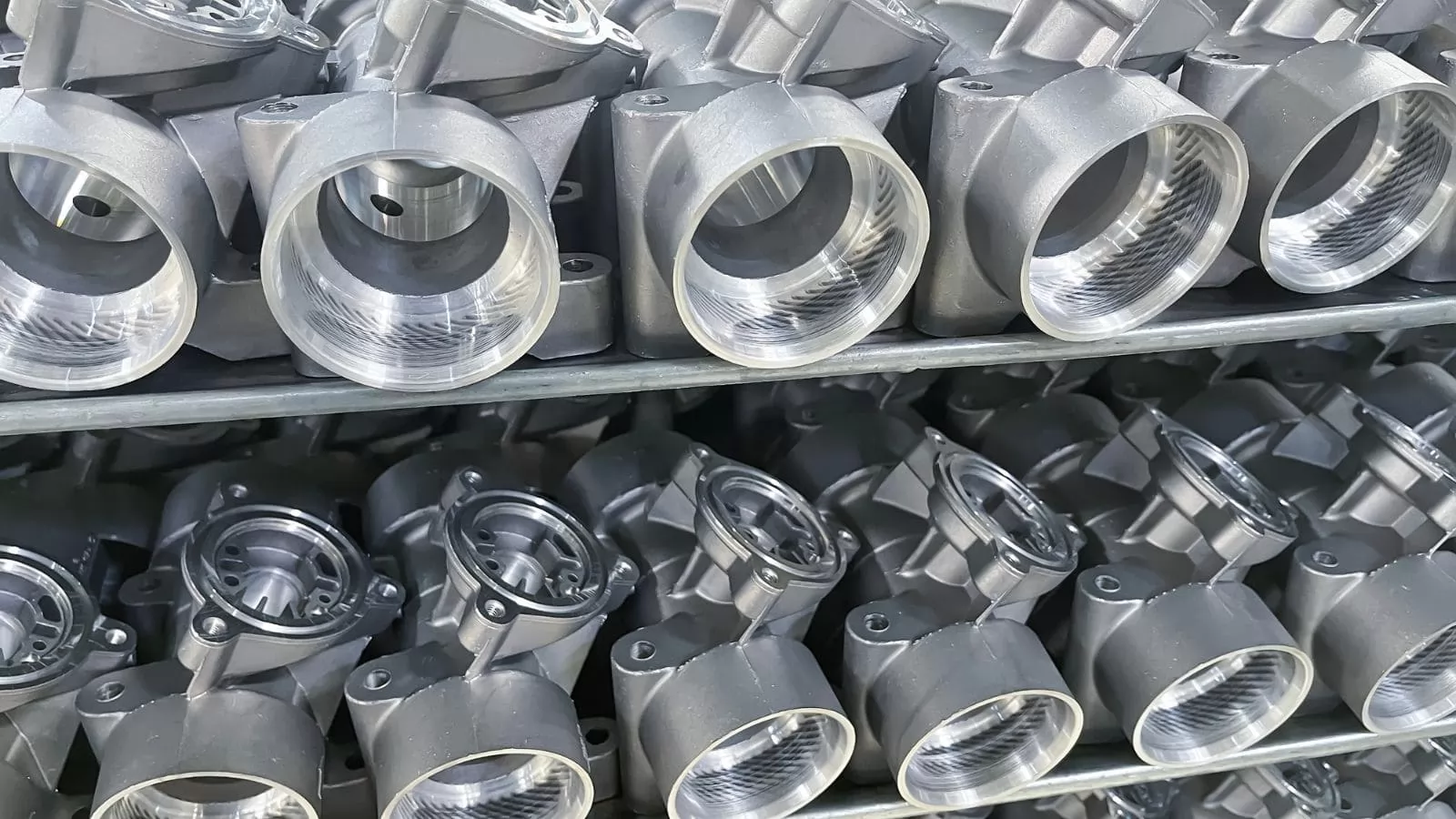
What Factors Affect the Accuracy of the Precision Casting Process?
In precision casting, dimensional accuracy is influenced by multiple factors including the casting's structure, material, mold making, shell creation, baking, and pouring processes. Any misstep in these aspects can affect the shrinkage rate of the casting, leading to deviations from the required dimensions. Here are the key factors that can impact the dimensional accuracy of precision castings:
1. Influence of Casting Structure:
Wall Thickness: The shrinkage rate is affected by the wall thickness of the casting. A thicker wall results in a greater shrinkage rate, while a thinner wall has a smaller shrinkage rate.
Free vs. Constrained Shrinkage: Castings with higher free shrinkage rates have more flexibility in contracting, whereas those with constrained shrinkage rates are more restricted, affecting overall dimensional accuracy.
2. Impact of Casting Material:
Carbon Content: The carbon content in the material affects the linear shrinkage rate. Higher carbon content generally results in a lower linear shrinkage rate, while lower carbon content increases it.
Casting Shrinkage Rate: The casting shrinkage rate, calculated as K = (LM - LJ) / LJ × 100%, where LM is the mold cavity dimension and LJ is the casting dimension, is influenced by several factors including wax pattern (K1), casting structure (K2), alloy type (K3), and pouring temperature (K4).
3. Effect of Mold Making on Linear Shrinkage Rate:
Wax Injection Parameters: Wax injection temperature, pressure, and holding time all affect the size of the wax pattern, with temperature being the most significant. Wax temperature affects free shrinkage more than constrained shrinkage, with optimal temperatures typically between 57-59°C.
Wax Shrinkage: Wax (or pattern) material generally has a linear shrinkage rate of about 0.9-1.1%. Additional shrinkage occurs during storage, about 10% of the total shrinkage, but stabilizes after approximately 12 hours.
Radial vs. Longitudinal Shrinkage: Radial shrinkage of wax patterns is only about 30-40% of the longitudinal shrinkage rate, and wax temperature has a greater effect on free shrinkage compared to constrained shrinkage.
4. Impact of Shell Material:
Shell Material Properties: Materials like zircon sand, zircon powder, and other shell materials have a low expansion coefficient of about 4.6×10^-6/°C. This minimal expansion can generally be ignored in terms of its effect on dimensional accuracy.
5. Effect of Shell Baking:
Shell Expansion: The shell’s expansion coefficient is very low, with an expansion of only 0.053% at 1150°C. This minimal expansion effect is usually negligible in the overall casting process.
6. Influence of Pouring Temperature:
Pouring Temperature: Higher pouring temperatures increase the shrinkage rate, while lower temperatures reduce it. Therefore, it is crucial to control the pouring temperature to ensure that it is appropriate for achieving the desired casting dimensions.
Each of these factors plays a critical role in ensuring that precision castings meet the required dimensional tolerances and performance standards. By carefully managing these variables, manufacturers can optimize the accuracy and quality of their cast components.
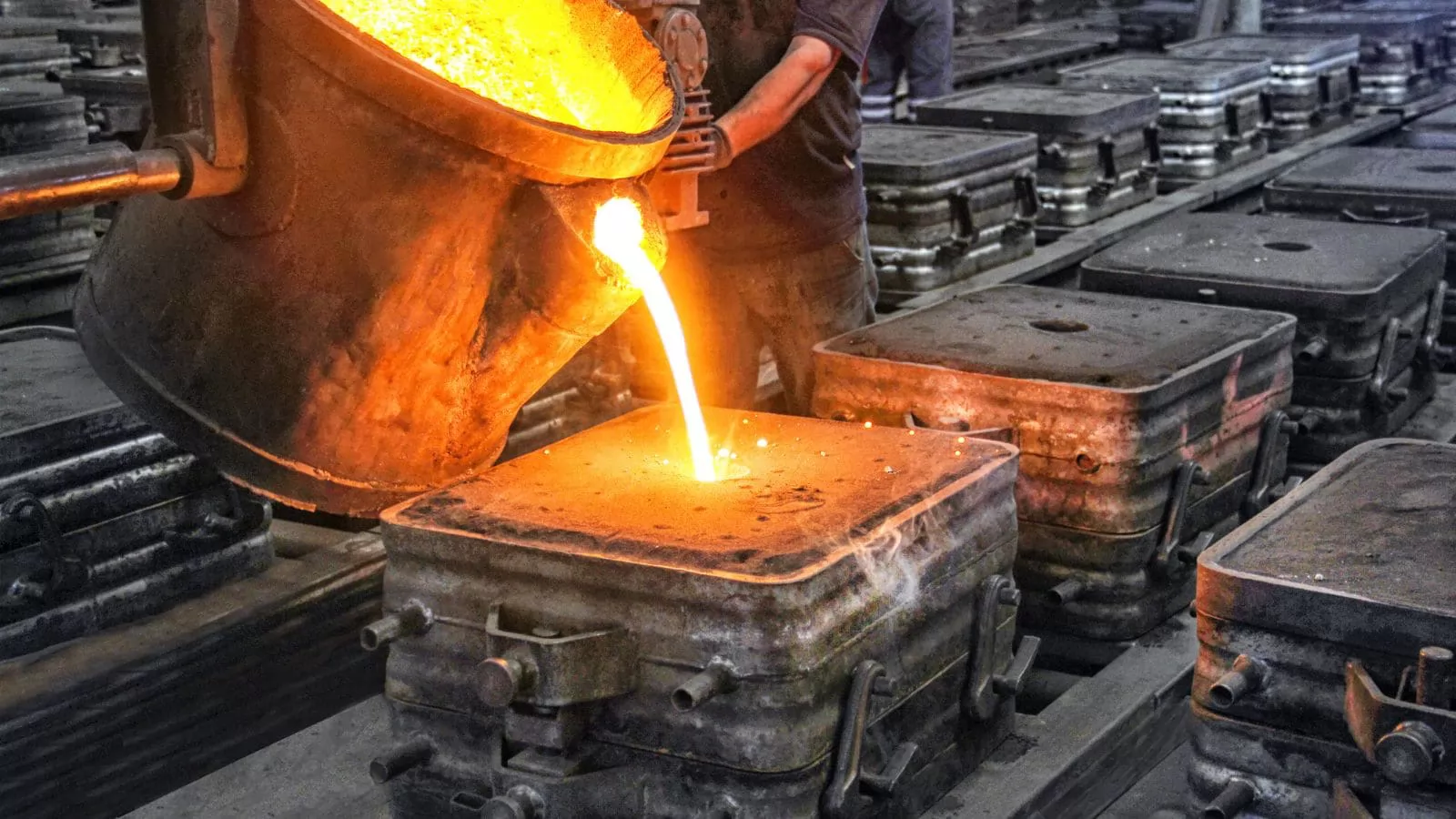
What Metals Are Suitable for Precision Casting?
| Material | Description |
|---|---|
| Stainless Steel | Stainless steel is highly regarded in precision casting for its outstanding mechanical properties, corrosion resistance, and durability. Its high strength and resistance to oxidation make it suitable for demanding applications. Common stainless steel alloys used include 304, 316, and 17-4PH, each offering specific benefits like enhanced toughness or superior corrosion resistance. |
| Aluminum Alloys | Aluminum alloys are chosen for their lightweight nature, excellent machinability, and good corrosion resistance. These properties make them ideal for applications where weight reduction is critical. Popular aluminum alloys in precision casting include A356 and 6061, known for their strength and ease of processing. |
| Bronze | Bronze is valued for its wear resistance, machinability, and resistance to corrosion. It’s particularly suited for applications requiring durability and resistance to friction. Common bronze alloys used in casting include silicon bronze and aluminum bronze, each providing unique properties such as enhanced strength or better casting characteristics. |
| Brass | Brass is selected for its good machinability, corrosion resistance, and aesthetic appeal. It’s commonly used in decorative components and fittings. Key brass alloys in precision casting include C36000 and C28000, which offer good strength and workability. |
| Carbon Steel | Carbon steel is known for its high strength and hardness, making it suitable for heavy-duty applications. It’s often used in industrial and structural components where strength is essential. Common grades used include ASTM A36 and ASTM AISI 1045, offering a balance between strength and machinability. |
| Tool Steel | Tool steel is designed for high hardness, toughness, and wear resistance, making it ideal for manufacturing tools and high-performance components. Alloys like D2 and M2 are frequently used in precision casting for their excellent durability and edge retention. |
_1724204574_WNo_1600d900.webp)
Is the Precision Casting Process Expensive?
Precision casting can be more expensive than other casting methods, but this cost is justified by the exceptional accuracy, detail, and material performance it offers. The process allows for complex geometries, tight tolerances, and the use of high-performance alloys, making it ideal for critical applications where precision is non-negotiable. While the initial investment in molds, specialized equipment, and post-casting finishing may increase the upfront cost, the superior quality and reliability of the final product often make it well worth the price. For industries where performance and precision matter, precision casting delivers exceptional value.
How to Reduce the Cost of Precision Casting?
Reducing the cost of precision casting without compromising on quality can be achieved through several strategic approaches. Here are some key ways to manage and lower costs effectively:
1. Enhance design for manufacturability
Simplifying part design can effectively reduce production costs. Reducing complex geometries and parts that require fine molds can shorten casting time and reduce resource consumption. Working with casting experts in the early stages of the design can optimize its production efficiency while ensuring part performance.
2. Reasonable material selection
Choosing materials that can strike a balance between performance and cost can effectively reduce expenses. Although some applications require the use of high-performance alloys, considering the use of more cost-effective alternative materials can be an effective cost control strategy.
3. Scaling up production
Increasing production quantities can often reduce costs through economies of scale. As production increases, the initial mold and equipment costs can be spread over more parts, thereby reducing the average cost per product.
4. Optimizing post-processing processes
Reducing the processing, surface treatment and inspection steps after casting is an important measure to control costs. Reducing the need for post-processing through design or integrating some processing steps during the casting process can effectively reduce the use of labor and materials.
5. Using automation and advanced technology
Introducing automation and advanced casting technology can improve efficiency and gradually reduce labor costs. Using 3D printing to achieve rapid prototyping or using advanced simulation tools to optimize the casting process can help reduce costs during the trial process.
6. Choosing efficient suppliers
Cooperating with suppliers who excel in cost control and production efficiency can help reduce the overall cost of precision casting. Suppliers who focus on lean production, have strict quality control and efficient production processes can usually offer more competitive prices while ensuring product quality.
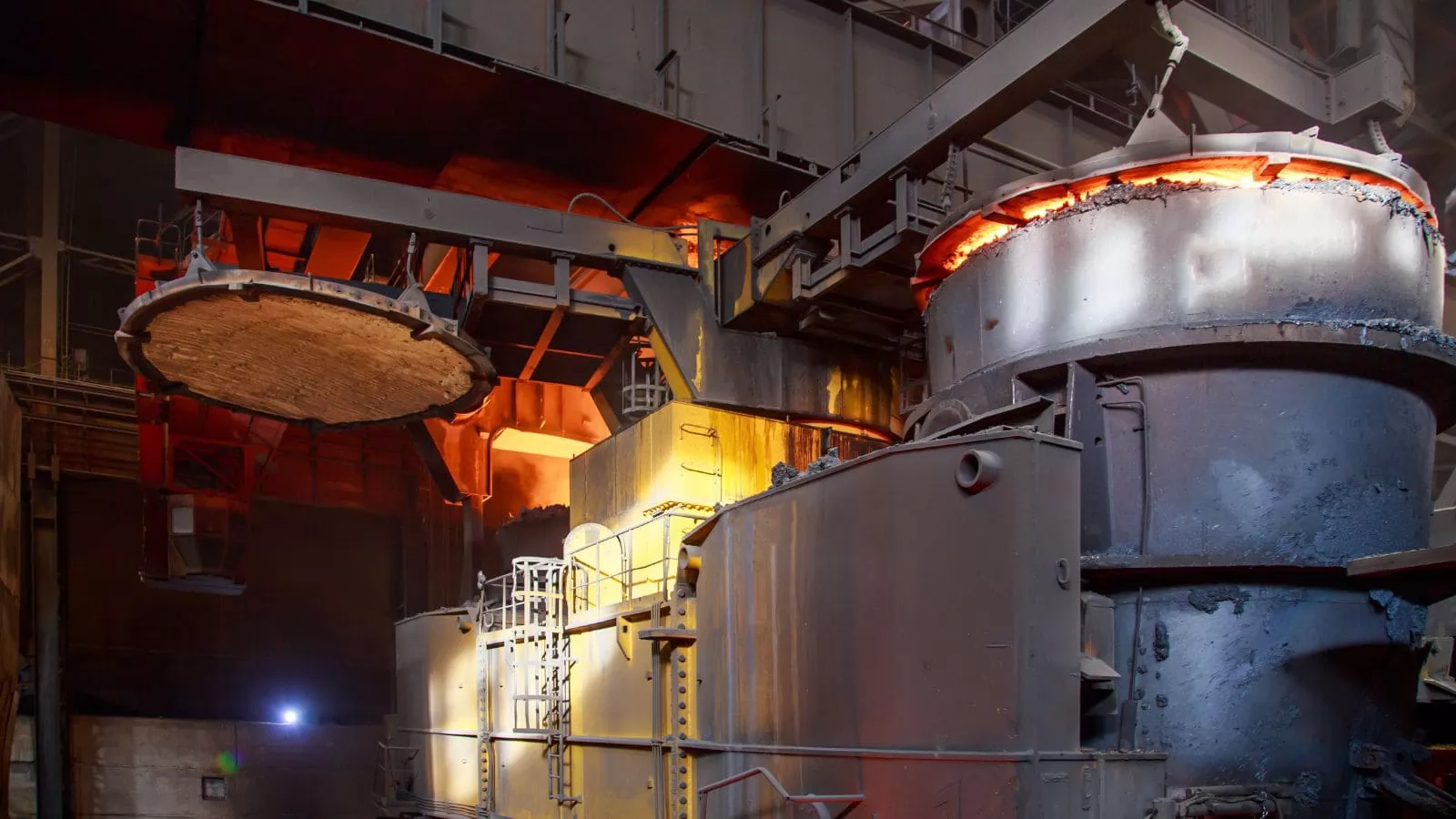
When Is It Appropriate to Use Precision Casting?
Complex Geometries: Precision casting is capable of producing extremely complex and detailed parts that may contain complex cavities, thin walls, complex contours or small decorative features. The process is able to faithfully replicate complex designs without the limitations of traditional casting methods through the use of wax patterns and ceramic shells, and is suitable for fields such as aerospace engine blades, complex mechanical components and high-precision medical devices.
High Dimensional Accuracy: The precision Casting process provides excellent dimensional accuracy and tolerance control. Castings are typically able to achieve tolerances of ±0.1mm or finer, which reduces or completely eliminates the need for subsequent machining. Due to this high accuracy, precision casting is particularly suitable for applications that require strict dimensional and shape control, such as precision mechanical parts, automotive engine components and high-performance valves.
Excellent Surface Quality: The process is able to produce castings with smooth surfaces and rich details, usually without the need for additional surface treatment. This surface finish makes precision castings ideal for manufacturing parts that have high requirements for surface appearance and feel, such as decorative parts, precision instruments and medical device components. The smooth surface not only improves the appearance quality of the product, but also improves its corrosion resistance and performance.
Medium to large batch production: Despite the high initial mold and tool investment, precision casting is cost-effective in medium to large batch production. For orders with production quantities of more than 25 pieces, the reduced post-processing time and labor costs often significantly reduce the overall production cost. The process can provide consistent high quality and stability in mass production, and is suitable for fields such as automotive, aerospace, military and industrial equipment that require high precision and high consistency.
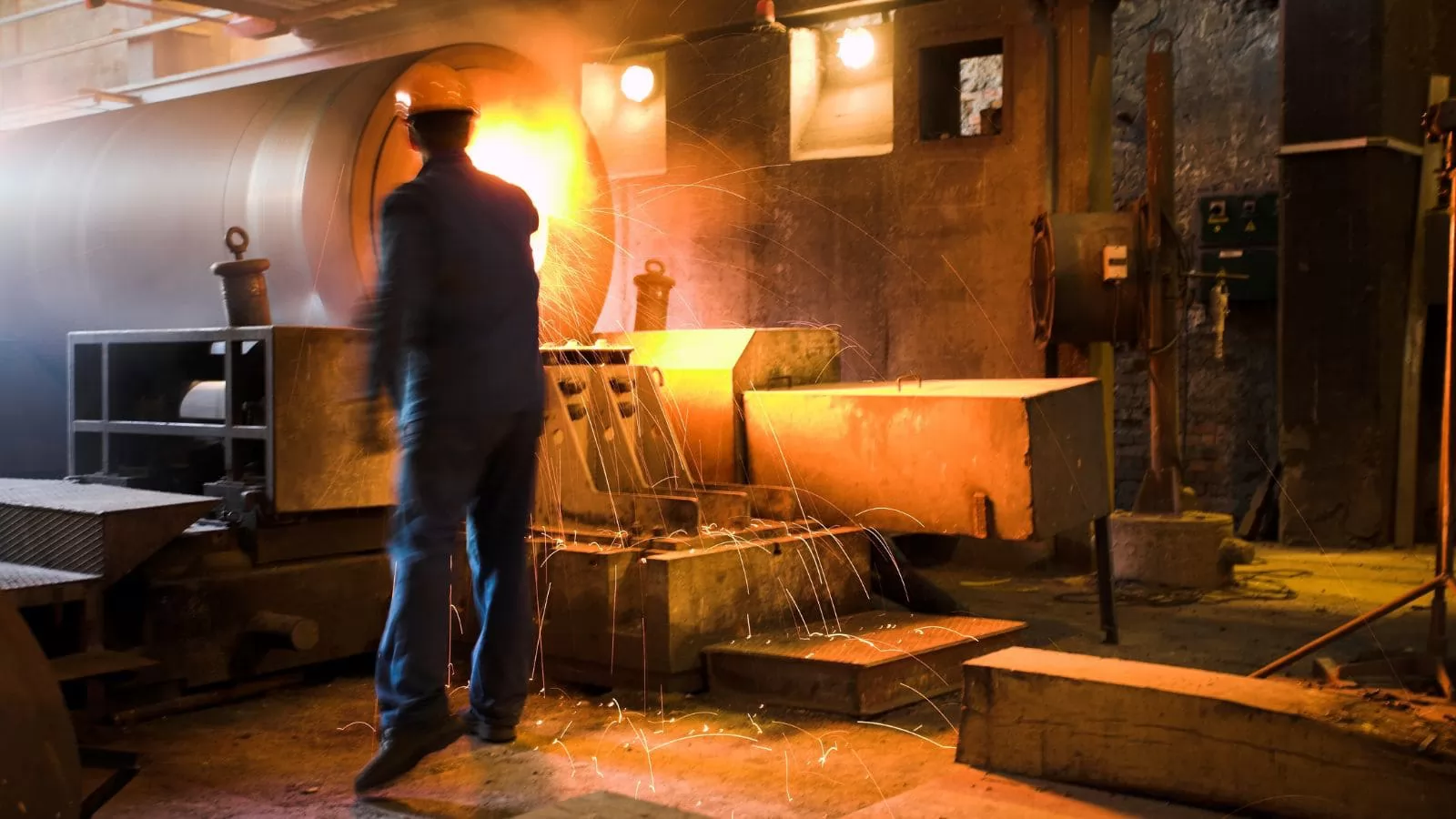
What Companies Provide Precision Casting Services?
| Company Name | Location | Main Service |
| Besser Casting Inc. | Ningbo, China | Precision Casting |
| Fenico Precision Castings Inc. | Paramount, USA | Precision Casting |
| Milwaukee Precision Casting, Inc. | Milwaukee , USA | Precision Casting |
| Precision Castparts Corp | Portland, USA | Precision Casting |
| PCT Castings Inc. | Gallatin, USA | Precision Casting |
| Miller Castings Inc. | Whittier, USA | Precision Casting |
| Avalon Precision Metalsmiths Inc. | Cleveland, USA | Precision Casting |
| American Precision Castings Inc. | Chicago, USA | Precision Casting |
| Wisconsin Precision Casting Corporation | East Troy, USA | Precision Casting |
| Production Castings, Inc. | Murphy, USA | Precision Casting |
Do You Need Custom Precision Metal Parts?
At Besser, we’re all about turning your metal part dreams into reality! Whether you’re crafting the next big thing in aerospace, automotive, or medical tech, we’ve got the precision casting magic you need. Our team is like a group of casting wizards, using the latest tech and tricks to create metal parts that are spot-on perfect, every single time.
From cool prototypes to bulk production, we’ve got your back with parts that look great and perform even better. Let’s make some metal magic together—reach out to us today and see how Besser can bring your ideas to life with style and precision!
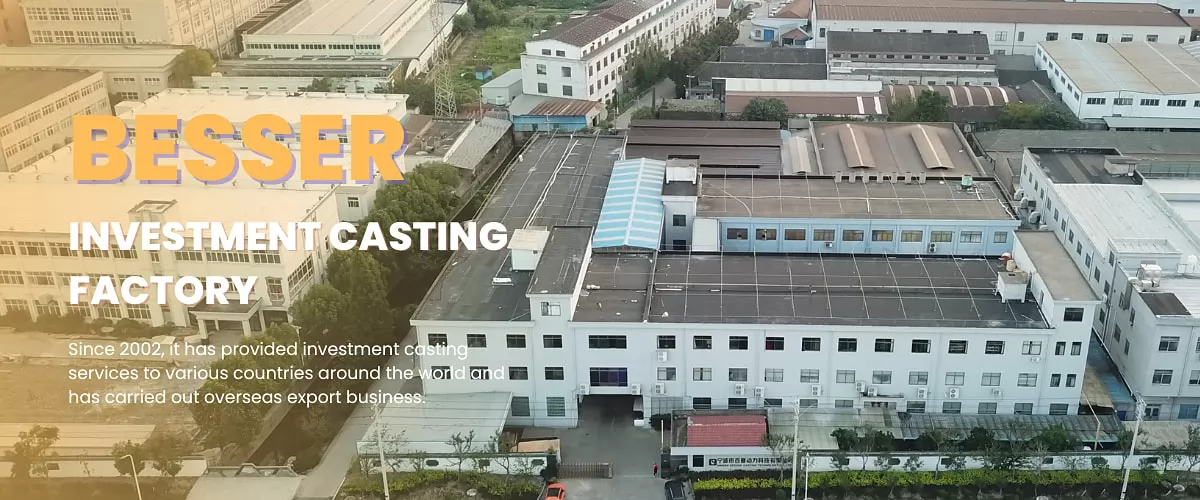
Related content recommendation
- How to Choose an Excellent Precision Casting Company
- Besser Casting: the Best Solution for Precision Casting
- Benefits of Making Precision Castings in China
- 8 Questions You Need to Ask About Precision Casting Suppliers
- Answers to Questions Related to Wax Mold Manufacturing in Precision Casting?
- Reasons to Choose Precision Casting to Manufacture Complex-Shaped Parts
- Material Composition is the Key to Customized Precision Castings



